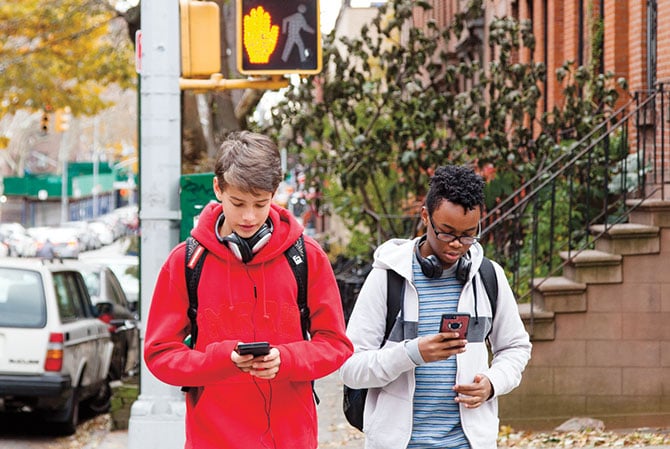School’s done for the day. On your walk home, your phone starts buzzing with texts. Just as you begin to respond—SCREECH! A car slams on its brakes. You have accidentally walked into a busy intersection.
Situations like this have become increasingly common. Nearly 6,000 pedestrians were killed in the U.S. in 2016, a 9 percent increase from 2015. Some experts attribute the jump, in part, to distracted walking.
Now, officials in Honolulu, Hawaii, think they have a solution. They recently passed a law banning people from looking at their phones while crossing the street. Violators can be fined up to $99. Honolulu is the first major U.S. city to enact such a ban, but several other places are considering similar legislation.
Supporters say laws against distracted walking are needed to protect pedestrians, especially in high-traffic areas. They say people who stare at their phones while crossing the street are more likely to use poor judgment and get injured than people who are alert.
Some people, however, say the laws are misguided. They say distracted drivers are the problem, not pedestrians. Reducing speed limits and encouraging drivers not to use their phones would go further in preventing accidents, they say.
Should texting while walking be illegal? Two experts weigh in.


